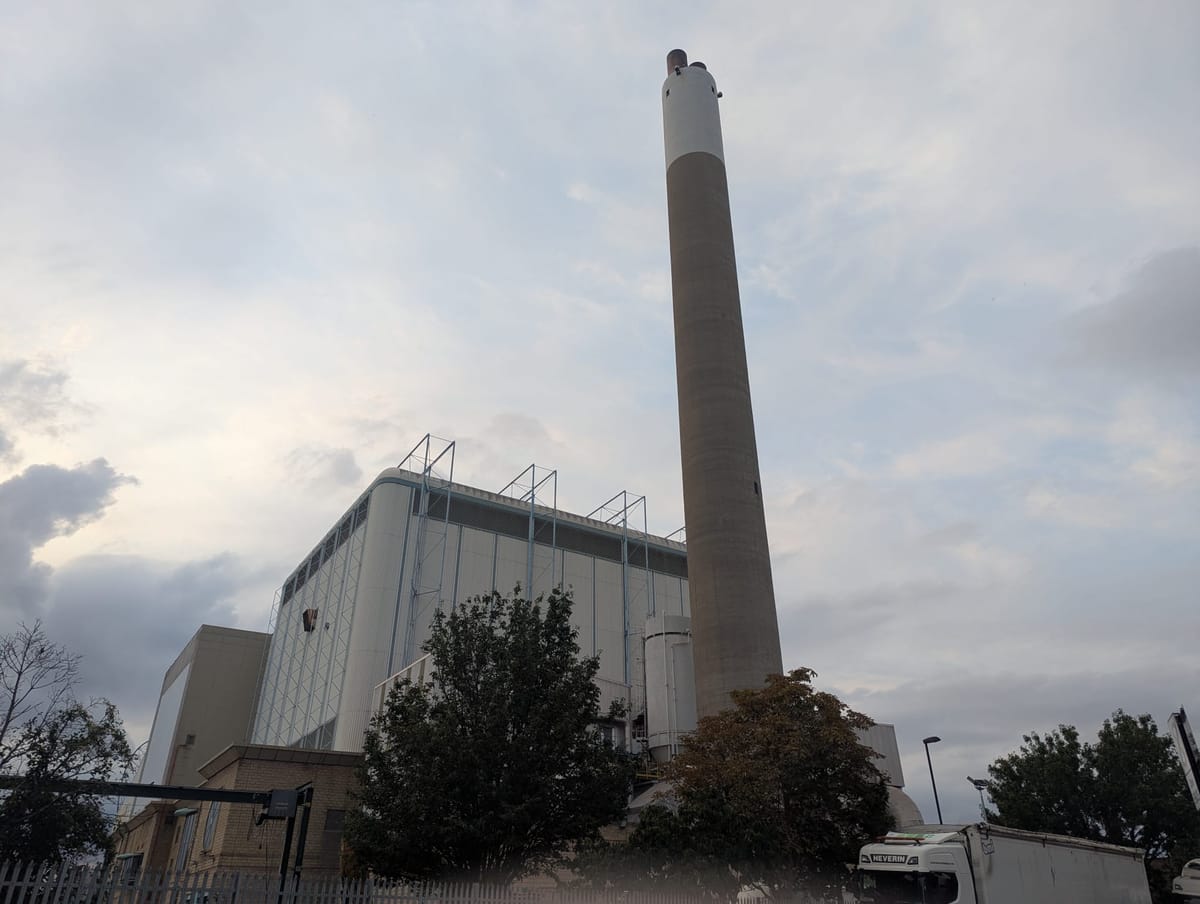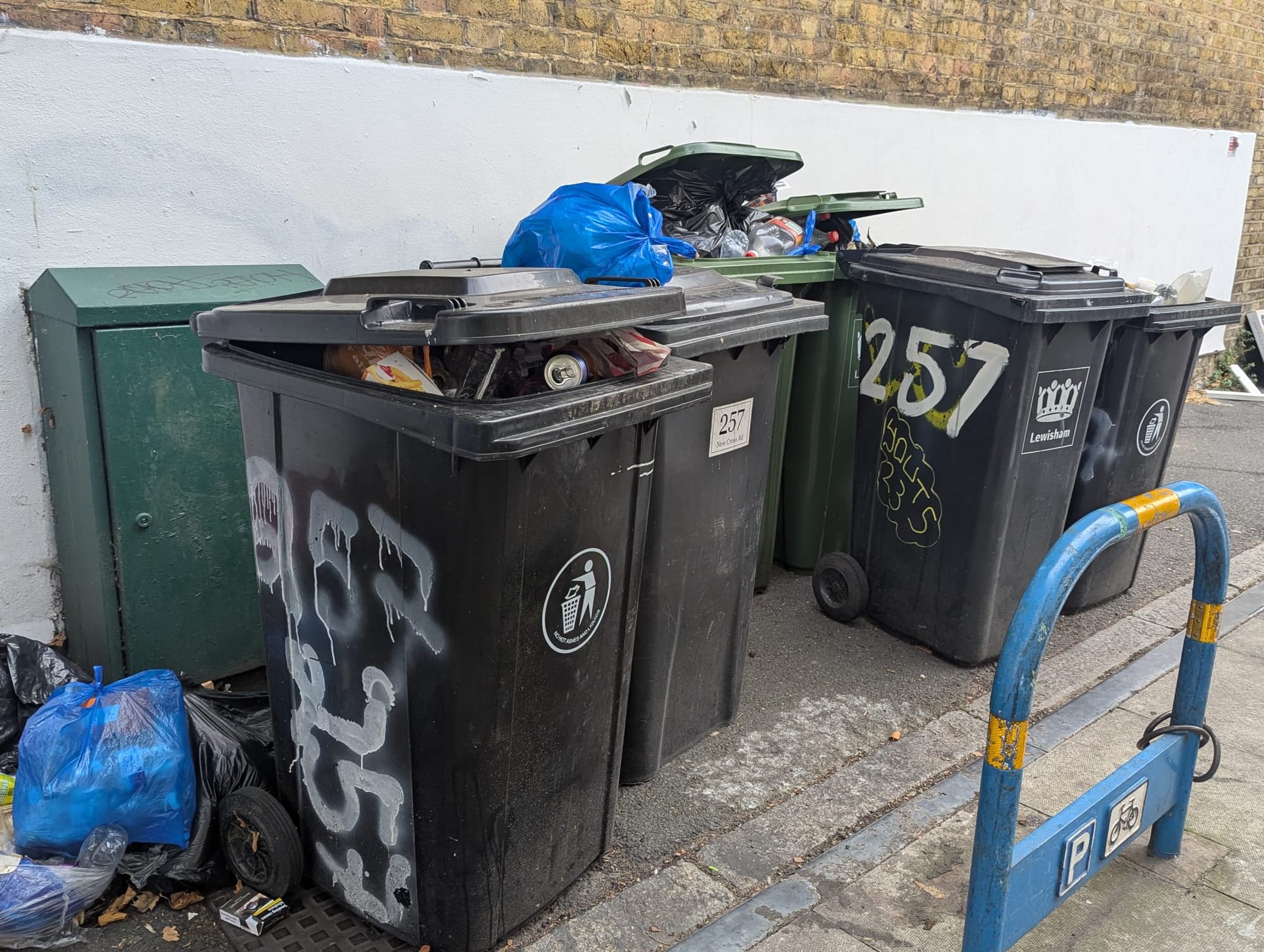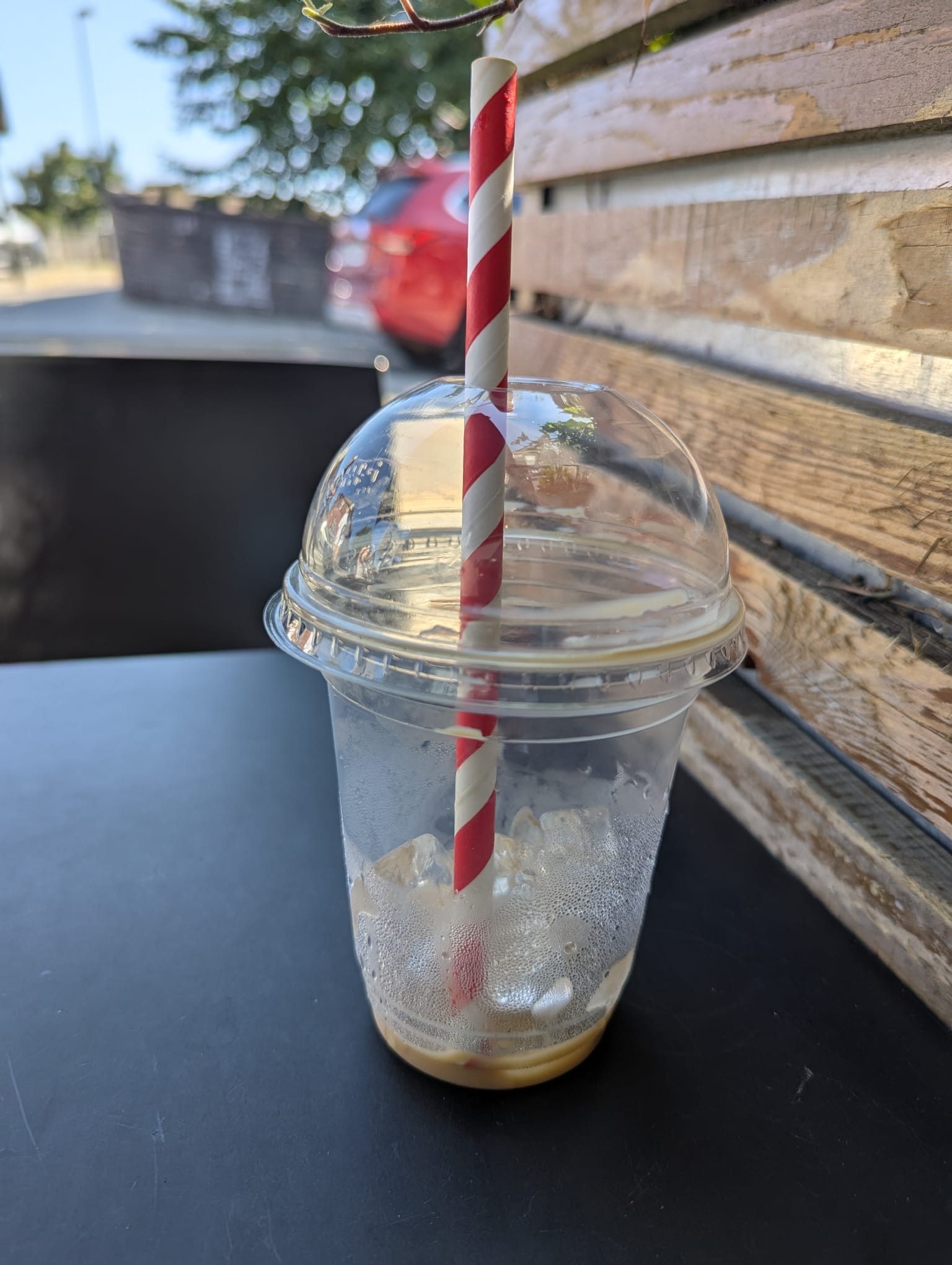Burning plastic at SELCHP incinerator, Deptford - what's coming out of the flue?
The facility has been burning household waste since 1993, and much of that waste is plastics. But concerns about the chemicals in plastics, and the dangers of air pollution, have grown. Wales offers a vision of a different way to manage waste, with some councils recycling over 70% of waste.

South East London Combined Heat and Power (SELCHP) in Landmann Way, Deptford burns the “residual" waste that remains after recycling.
It is the 8th largest incinerator in the UK, operated by French waste giant Veolia and is used by Lewisham, Greenwich and many other councils. A 2017 study found 2.7m people living within a 10 km radius of the incinerator - more than around any other incinerator across the UK.
The UK has a passion for plastic. Camilla Berens reports that we throw away more plastic waste per person than any other country in the world except the US. Campaigners have been calling for a global plastics treaty to curb the powerful plastics (ie fossil fuel) industry, and pushing the UK government to start turning this around.
Until this happens, most of our plastic waste will end up in incinerators like SELCHP.
The emissions from the flue include a range of pollutants produced by burning its unpredictable "feedstock".
The World Health Organisation (WHO) has developed target levels for what it calls "the classical" pollutants, familiar to clean air campaigners - including nitrogen dioxide (NO2) and particulate matter (PM).
As research revealed the immense harms to health from these pollutants, the WHO target levels have tightened up.
SELCHP, like other incinerators, produces all of the “classical” pollutants; flue data in a 2020 study for the GLA implies it produces 527 tonnes of NO2 and 4 tonnes of PM2.5 every year.
The "dirty dozen" of persistent pollutants
But it also produces a huge range of other pollutants which do not have WHO targets. The incinerator reports on mercury, lead, arsenic, nickel, dioxins, furans, PCBs and a long list of other elements and compounds.
The WHO names dioxins, furans and PCBs in the "dirty dozen" of persistent organic pollutants. They build up in the water, soil and plants, in the food chain and in our bodies, they are passed from mother to baby and can be highly toxic.
SELCHP reports periodic monitoring of some of these pollutants against “emission limit values”. Salamander asked Dr Pete Knapp - air quality scientist and filmmaker - what the targets mean and which organisation set them.
"There are no limits on those standards," Knapp said. "There are no guidelines for what is a high value or a low value for dioxins or any of these (pollutants)."
"I was advised by researchers at Imperial: all you can do is compare the levels of dioxins to other incinerators to say whether it's higher or lower, rather than saying whether it's high or low overall."

PFAs - "forever chemicals"
Concern is also rising about PFAs - known as “forever chemicals” - in drinking water and the environment. They were originally used in firefighting foam and non-stick pans, but are now used across a range of industries to make products stain resistant or water resistant.
An EU study found that incineration of household waste was spreading PFA contamination. In one case, it found high levels of PFAs in chicken eggs and mosses downwind of a large incinerator and another measured high levels in pine needles.
In 2023, Parisians were warned not to eat eggs from backyard chickens, after high levels of dioxins and PFAs were found in eggs and soil, spread in the plume from the nearest incinerator.
“Incinerators have a certain threshold temperature which is supposed to destroy any of these toxic chemicals like PCBs and dioxins,” Knapp said.
"And incinerators are supposed to reach this temperature all the time to make sure that the outgasses have not got any of these compounds in them."
However, incinerators' individual permits allow for “stoppages, disturbances and failures” when emissions are allowed to breach the limits.
“In addition, the temperature of the incinerator is not part of the monitoring that's available to the public,” Knapp pointed out.
Government reassurances
The government has reissued its Health and Safety advice that “modern, well-run incinerators are not a significant risk to public health”, based on detailed review of 12 research studies.
However, in the last decade research on the harms of air pollution has progressed dramatically, with over 30,000 research papers published. Concerns about dioxins, PCBs and PFAs in our soil, water and air have also been growing and evidence of their harms accumulating.
The research the government relies on has not addressed the risks of continuous release of persistent chemicals, their gradual accumulation and how they may move into soil and water.
“Significant” risk is presented on a sliding scale, depending on background levels of pollution.
BBC findings in 2024 confirmed an earlier study by Greenpeace showing that incinerators are most often located in the most deprived neighbourhoods - in London, these communities also experience the worst air pollution from road traffic.
The government's advice suggests that it is acceptable for these residents to accept a higher level of risk and burden of pollution than others.
But even if we accept the government's reassurance, it raises questions of verification. How would the public know if a facility such as SELCHP, opened in 1993 is keeping up with "modern" standards? Who confirms that an incinerator is and continues to be “well run”?

A vision of the UK without incineration
Campaigners have a vision of a different way of designing and using resources that goes far beyond today's basic recycling, and have developed a national exit strategy for incinerators.
One of their demands is to extend the Emissions Trading Scheme to cover waste incinerators. This will be implemented in 2028, making it more expensive for councils to burn plastics and motivating them to recycle more.
Shlomo Dowen from the UK Without Incineration Network (UKWIN) describes the steps for exiting incineration, at a local level:
- A ban on new incinerators and on the expansion of incineration capacity.
- Close incinerators when they reach the end of their operational life.
- At SELCP, assess the composition of waste currently sent to the facility. What proportion of that material could be recycled or composted?
- Put in place measures to divert this material away from incineration and towards recycling / composting - options include changes to services, pre-sorting and using Materials Recovery Facilities (MRFs).
- Adopt a collection methodology that prioritises maintaining recyclate quality, following the example set by Wales.
Dowen points out that recycling / composting rates for some Welsh councils exceed 70% and he has analysed how they achieved this.
Following devolution, Welsh government built on community-led initiatives for resource management and adopted a zero waste vision, supported by the Well-being of Future Generations (Wales) Act 2015.
Campaigners envisage a transition period as the economy moves from linear to circular, involving those who design and produce products as well and the waste industry.
Lewisham council did not respond to a request for comment. It reported a recycling rate of 27% for 2023-24. Although its performance is improving, it remains in the bottom 25% compared with similar urban local authorities.
A spokesperson for Veolia [SELCHP] said:
“We are committed to operating the South East London Combined Heat and Power facility (SELCHP) to the highest environmental standards in line with our mission of ecological transformation and responsibility to the communities we serve.
“This site operates under a very stringent Environmental Permit regulated by the Environment Agency and has established protocols for treating, regulating and monitoring emissions. We meet or exceed all current environmental regulations, and conduct PCB testing biannually as mandated by our permit and submit these to the Environment Agency (EA).
“All emissions data is publicly accessible on the EA website, and the previous month’s emissions data can be viewed on our website at selchp.com/our-emissions”.
Sign-up for our free weekly newsletter - Salamander News in your inbox



